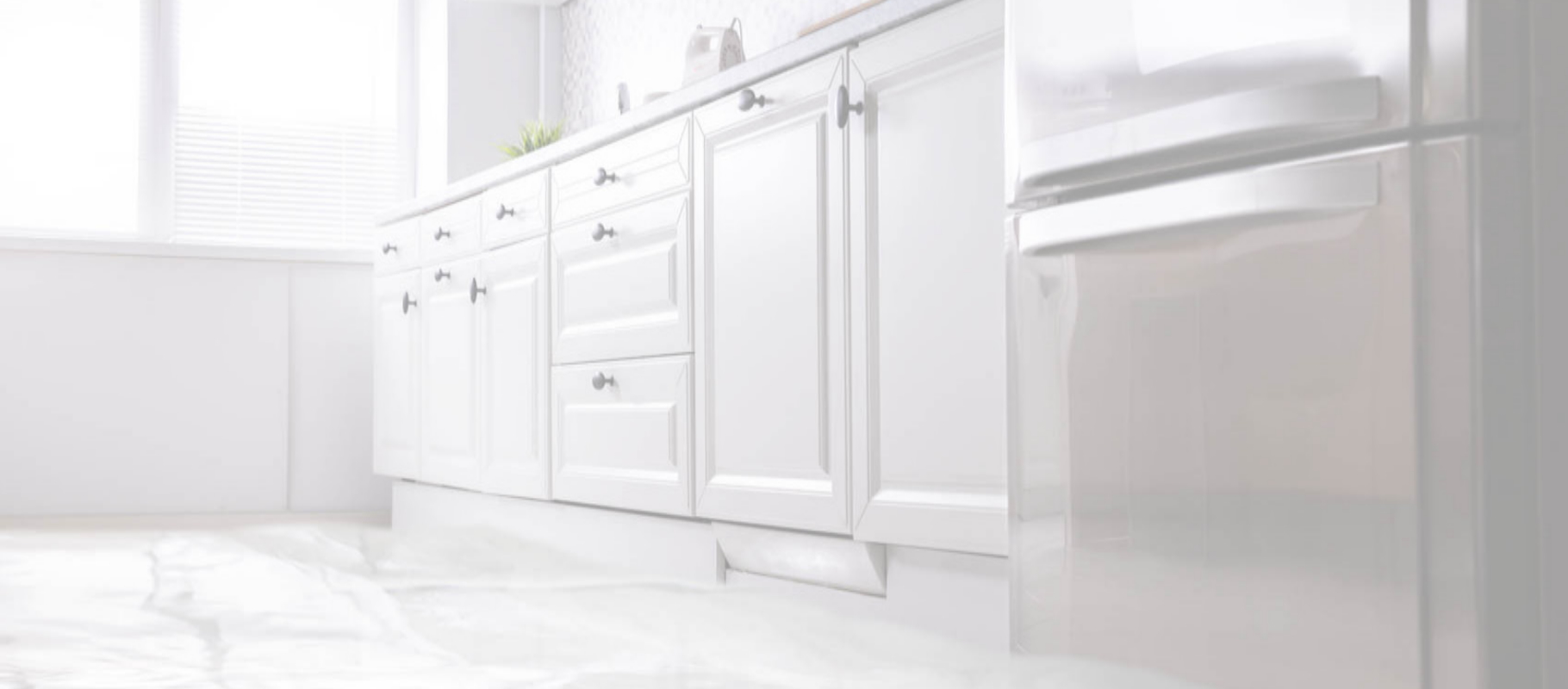24/7
Emergency Services
We Work Directly
With Your Insurance Company
We Help
Save You Money
Mold Remediation: When Do You Need a Professional?

Mold is a common occurrence in many homes, but if left untreated and allowed to spread can become a serious health hazard. Mold reproduces at a fast rate and produces spores - microscopic cells that are spread easily in the air through ventilation systems or even on clothing. Mold can produce allergens, irritants, and even toxic substances that can trigger respiratory problems depending on the severity of the issue. Health problems like asthma can be worsened if mold spores are present in the air.
As a homeowner, you are correct to be concerned about the presence of mold, but when can you tackle it yourself and when do you need a professional to help?
When To Clean Up Mold Yourself
Mold infestation is a problem in any household. If you discover the fungi growing in your home, you may be tempted to clean it up on your own. While we don’t recommend the DIY option to mold remediation, you can clean up mold on your own in some instances - if the problem is small.
You can typically consider cleaning up a 10 square foot area or less - if the spot is larger than this, call in a professional to handle the problem.
Start cleaning the problem before it becomes a large issue and harder to clean. Removal of mold can be done by using normal cleaning products like bleach and water. Adding bleach directly to the mold will cause it to disappear quickly. If this happens, it means you are dealing with mildew mold.
Before you attempt to clean any mold, it is important to protect yourself against the spores.
- Wear clothes that you can wash immediately or even throw away after you’ve used them. Because mold spores can stick on clothing, it’s better to throw away clothes than wonder if the mold was cleaned in the wash.
- Wear goggles and gloves to protect your eyes and your hands. You do not want mold spores in your eyes and wearing gloves will prevent spores from sticking to other parts of your body as you clean.
- Properly ventilate the room while you clean. Again, use cheap fans that you can throw away after use in case spores stick to the fan blades.
- Maks like an N-95 will protect you from breathing in any harmful mold spores.
Begin the cleaning process.
- Once you have found the source of the mold, open up the walls by using a saw or a screwdriver. You may have to cut through the drywall to get to the main problem areas. Scrub the surfaces with mold cleaner and leave the solution on the walls allowing it to penetrate into the wood.
- Clean up any debris and vacuum the area around the affected area.
- Wipe away the mold cleaners and seal the wood surfaces with wood primer.
- Dry the surface to ensure more mold does not return.
Signs That You Need Professional Mold Remediation
If the area is bigger than 10 square feet, call in the professional mold remediation team at Riverside Restoration. Mold thrives in warm and humid conditions, and can quickly cause major damage if you ignore it. Sometimes, you will clearly be able to see mold and other times it may be less obvious. If you notice any of the signs below in your Connecticut home, contact a remediation specialist immediately.
- Mold odor: Mold can give off a strong mildew or musty smell. If you start to notice a strange odor in your home, especially if it has been closed up for a while, this may be indicative of a mold problem. This odor is typically found behind curtains, under rugs or carpets, and above ceiling tiles.
- Dark colored spots: The most common sign of mold are dark spots on the walls or ceiling. Spots aren’t always black in color - they can be gray, brown, green - or any discoloration. If you notice patchy spots on your walls, especially in an area of high humidity, call in the professionals.
- Condensation: This happens when moisture in the air meets cool air outside. Regulate your temperature appropriately to combat condensation and the mold growth that goes with it. Dehumidifiers can assist by pulling moisture out of the air and to keep condensation from building up on walls, windows, and air ducts.
- Water damage: Mold thrives where there is excess water. If there is a leak in the home, mold will begin to grow quickly, so it is best to have the issue fixed as quickly as possible before the water damage turns into a larger mold problem. Signs of water damage can be cracks in paint, peeling wallpaper, puddles, or dripping water.
It is difficult and dangerous to remove large amounts of mold from your home by yourself. Mold is highly toxic and needs to be treated as a toxic substance. If proper attire, equipment, and tools are not used, you risk spreading mold to other areas of your home instead of eliminating it from the house.
The health and well-being of those in the home are at risk if mold is not treated properly. At Riverside Restoration, our professional mold remediation team is standing by for any size job - If you need professional help with mold and mildew remediation, contact us today.
Need Help with Restoration & Remediation?
Contact Riverside Restoration

